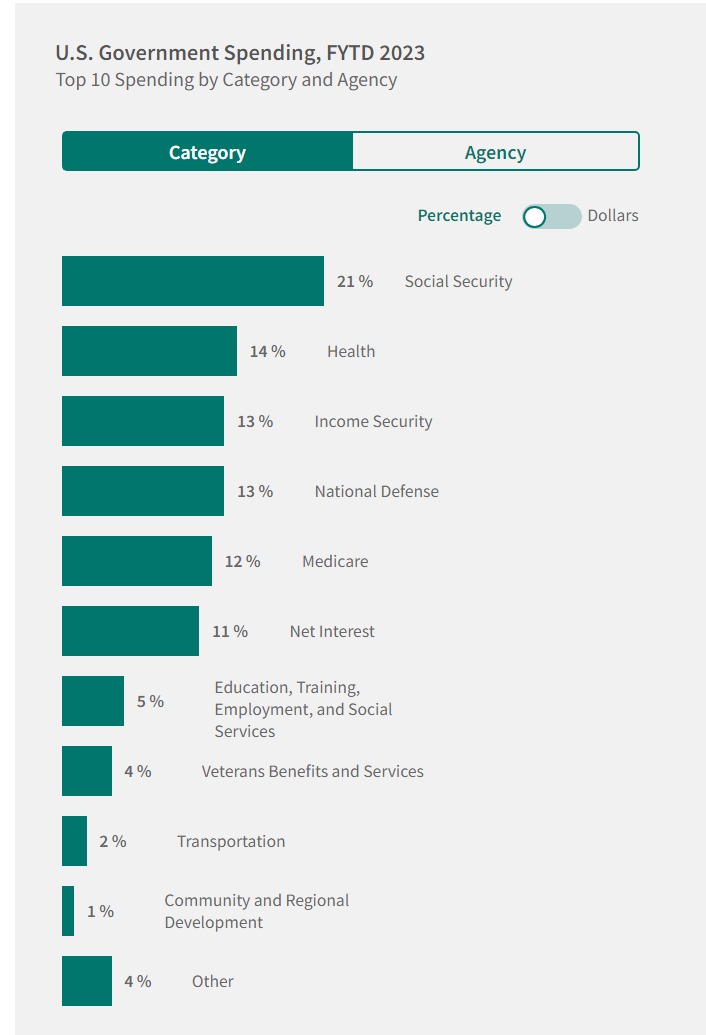Last week, the 2024 Presidential campaign season kicked into full swing with the first candidate debate. Arguably, momentum has been building ahead of the debate, especially in Iowa, during the State Fair, where candidates roamed, gave speeches, and pressed the flesh. I was there one day and enjoyed seeing Tim Scott and few other notables, milling about the grounds and engaging potential voters.
So, with the election cycle beginning, I’m slowly starting to see where the candidates, both parties and possible independents, are on the subject of health care and health policy. Lots of early talk is about crime, abortion, the economy, and immigration policy. You’d think health care/health policy would be out front to a certain extent, if for no other reason than its economic weight.
The U.S. spends more on health care than any other country in the world. The 2023 spend should amount to approximately, $4.6 trillion or 18.5% of GDP. Only 2 other countries have a GDP greater in value than the U.S. health care spend. In other words, the U.S. spend of $4.6 trillion is in value (dollars) more than the entire worth of the German economy – $4.2 trillion. Only China and Japan have larger economies than the U.S. health care spend and soon, the U.S. health care spend will eclipse the total economic value of Japan – $4.9 trillion.

Combining health spending and Medicare, the two elements are the largest expenditure in the U.S. budget – more than interest, defense, etc. The largest portion of health spending is mandatory meaning, tied to current laws passed by Congress. Medicare (Title 18), Medicaid (Title 19), Social Security are mandatory spending categories commonly known as entitlements. Unless these programs are altered via new legislation, the spending associated with them continues and is principally driven by two components – participants and the economy (GDP growth, tax revenues).

Past presidential election cycles have included significant discussion around health care and health policy. The 2008 election of Barack Obama, and his subsequent presidency, was very health care focused. Obama Care or more specifically, the ACA/Affordable Care Act was passed during his initial term (passed in March 0f 2010). Subsequent years, specifically during his second term, saw extensive political activity around removing the ACA. The Clinton/Trump campaign cycle included a substantial amount of discussion regarding health care, health policy, and removing or altering the ACA.
A common theme that I am old enough to have watched ebb and flow across multiple election cycles has been Medicare reform and/or Medicare for All and single-payer concepts. Between Social Security and Medicare, their sheer weight on the federal budget has been a source of concern for budget hawks and public finance people on both sides of the aisle (Democrats and Republicans). Their consumption (as part of) GDP is heavy and both will continue to consume and grow organically, simply due to an aging populace that enters program eligibility at an escalating pace. Without reform of some sort or new revenue sources, both programs have a limited horizon in terms of solvency. The current status report of Medicare and Social Security from the Trustees of both programs is available here: https://www.ssa.gov/oact/TRSUM/
Looking at the information on health care spending in the U.S., one would think that health care would be within the top five issues the candidates are discussing. With the economy slowing and inflation still persistent, programs like Medicare, Medicaid, and Social Security will face additional financial challenges as revenues (recession or slow GDP growth) and beneficiary growth persists. As Medicaid is dually funded, state shares and federal shares, a slowing economy strains their programs (Medicaid) at the federal level and the state level. Current immigration numbers challenge Medicaid in particular as enrollment grows and outlays the same but tax related revenues lag (new immigration tied enrollments use benefits typically, prior to the employment related tax contributions from employment).
In future posts, I will try to divine and then summarize, each candidate’s health care position and policy focuses. I’ll let the field, particularly Republican, mature or coalesce a bit as covering certain candidate’s health policy when he/she has little chance of becoming a party nominee is a bit of a fool’s errand – proverbially, spitting into the wind. For now, for those interested in delving a bit more into the U.S. health care economy and spend, I’ve provided a Power Point presentation from the CMS actuary. It can be downloaded here: NHE Projections 2022-31 for Press Briefing_FINAL_508_20230710_final2